IEEE International Workshop DMS 2011 in Vancouver, Canada

Prof. Dr. Katsutoshi Yada (Kansai University, Osaka, Japan; shown in the picture above) organized and chaired the IEEE International Workshop on Data Mining for Service (DMS 2011). After a brief introduction, the event started with an invited talk titled “Knowledge discovery in city planning and office building management" by Prof. Dr. Naoki Katoh (Kyoto University; shown on the left in the picture below)
Sunday 11 December 2011

Next, Prof. Dr. Dirk Van den Poel (see picture below) presented a talk titled "RFM variables revisited using quantile regression". The paper is co-authored by lead author Michel Ballings and Dr. Dries Benoit. The main conclusion of this research is that taking intentions as a proxy for real churn behavior yields biased results because the effects are differentially inflated across quantiles. Moreover, effects are shown to differ relative to the median effect resulting in even more inaccurate information for marketing decision making. This study clearly demonstrates that marketing practitioners can benefit from using quantile regression and shows the importance of obtaining and analyzing real observed behavior. Dr. Dries Benoit developed and is maintaining a free open-source R-package called bayesQR, that was used to carry out all analyses.
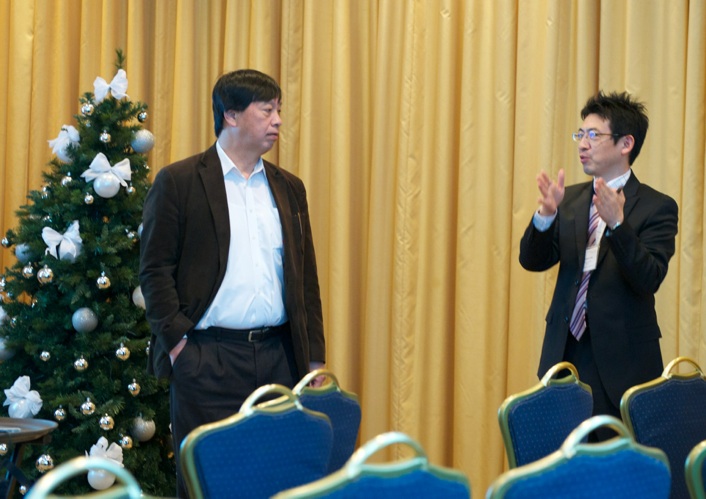
Dr. Moninder Singh (IBM Research) followed suit with a very interesting talk titled "Estimating Post-Event Seller Productivity Profiles in Dynamic Sales Organizations". It takes time for new sellers to ramp up their productivity and the ramping up profile of productivity for new sellers of different categories varies. His detailed analyses suggest that “Experienced new hires” reach productivity levels faster than anticipated than the IBM HR department (see figure below). Much faster than e.g. university new hires.

Shinya Miyazaki (see picture on the right) presented his talk "Analysis of Residence Time in Shopping using RFID Data -An Application of the Kernel density estimation to RFID" (a paper co-authored with Prof. Dr. Takashi Washio, Prof. Dr. Katsutoshi Yada). First, they present a method to estimate customer existence probability density on the sales floor using a Kernel density estimation. The kernel density estimation obtains a continuous distribution of the existence probability density and captures the detailed movements of customers. This estimation is better than an aggregation of residence time in each sales floor zone.
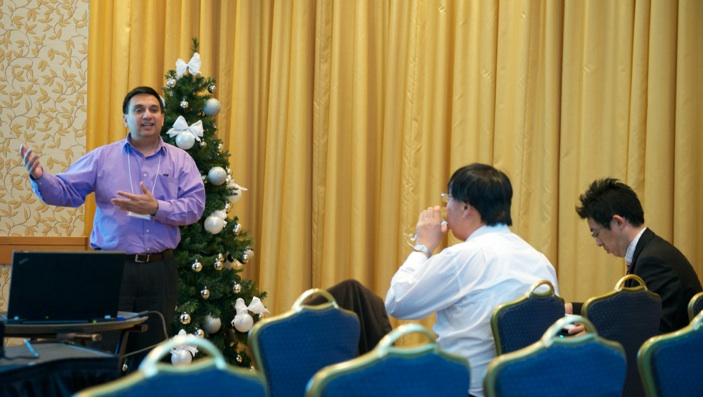
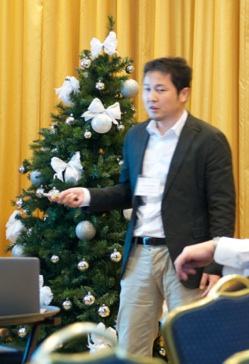

After the break Prof. Dr. Satoshi Kurihara (Osaka University, see picture to the left) gave his invited talk about "Human Information Mining as Netizen".
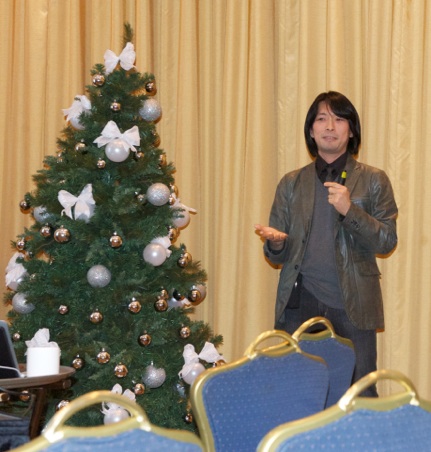
Next, Prof. Dr. Shusaku Tsumoto (Shimane University, Japan) presented the talk: "Visualization of Hospital Services using Data Mining Methods" (paper co-authored with Shoji Hirano and Yuko Tsumoto). He details a temporal data mining process which consists of decision tree, clustering, MDS and three-dimensional trajectories mining.
Next, the paper "An Information Extraction Method from Different Structural Web Sites by Word Distances Between a User Instantiated Label and Similar Entity" authored by Daisuke Nakajima, Yuki Mitsui, Masaki Samejima, Masanori Akiyoshi was presented.
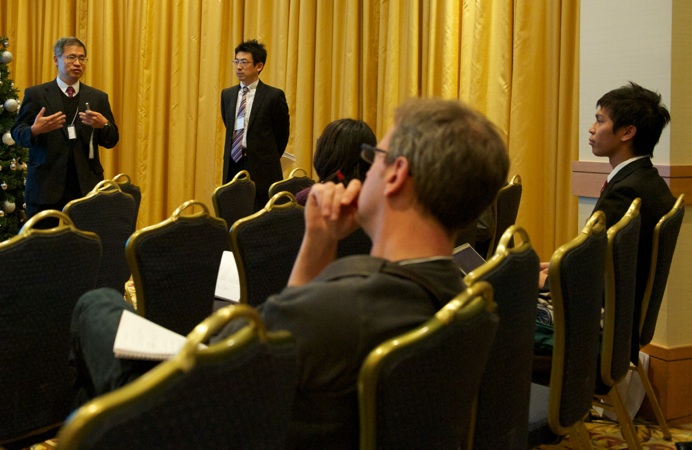
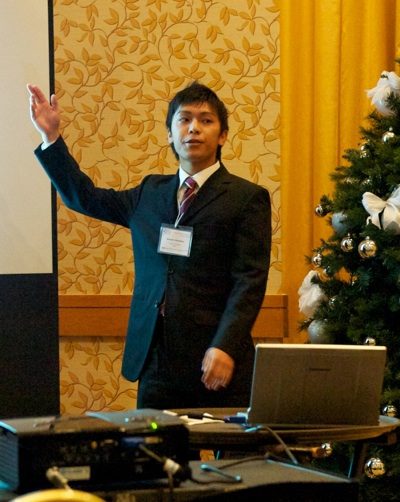
The workshop ended with a nice dinner with the presenters at the Renaissance hotel. Special thanks to Prof. Dr. Katsutoshi Yada and Kansai University for organizing this event, the day before the start of the ICDM 2011 conference in Vancouver, Canada.

